Let’s face it, lockdown has not been kind to many of us in terms of our mental health. We have struggled with isolation or missing loved ones. For some of us, there has been a double negative blow to our health as we piled on the pounds with lack of exercise and general movement. Many of us comforted ourselves with food and our bodies have paid the price and there has been an increase in adult and childhood obesity.
As adults, we can be more conscious of this and finally return to the gym or reduce our calorie intake. Many of our children are still suffering with maintaining a healthy weight. Childhood obesity rates are rising in the UK and around the developed world. This can lead to potential health problems for these children later in life and an unhealthy relationship with food. Preventing this now is an important public health issue. In this article, we look at some of the ways that we can prevent childhood obesity, post-pandemic.
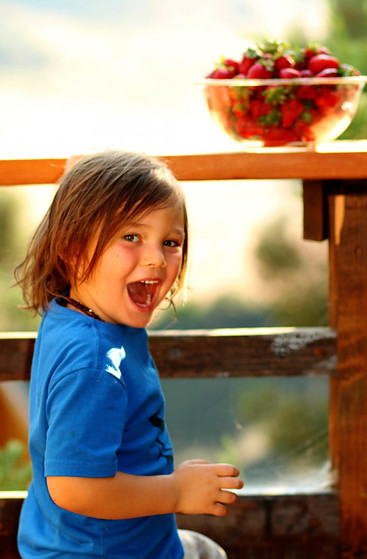
Early years – 0-5
The early years are a vital time for children’s development. But unfortunately, by the time they start school, one in five children in the UK are already overweight or obese. Reports of pre-pandemic physical activity levels showed that in the 2-4 age group, only one in ten children were currently meeting the recommended levels of physical activity.
In 2017, the UK Government published an action plan to tackle the problem. This outlined a number of strategies at a national level, such as sugar taxes and fast-food advertising bans. But as parents and carers, we need to know what to do in our own homes to tackle things at grassroots level.
Looking at some national guidance may help us get some ideas though. The guidance from NICE (National Institute for Health and Care Excellence states that all nurseries and childcare facilities should:
“…ensure that preventing excess weight gain and improving children’s diet and activity levels are priorities.”
This means getting children active as well as looking at their diet.
NICE guidelines
Specifically, NICE recommends that nurseries and childcare facilities should:
- minimise sedentary activities during playtimes
- provide regular opportunities for ‘active play’ and structured physical activities
- implement guidelines on healthy catering issued by the Department for Education, the Children’s Food Trust and the Caroline Walker Trust
- ensure that children eat regular, healthy meals in a supervised, pleasant, sociable environment, free from other distractions (e.g. television)
This is good advice for us parents and carers too if we follow it. But many parents are working full time and don’t necessarily have the time to take their children to the park, or they may not have a garden or outside space to let the kids loose in. Nevertheless, there are things you can do it you want to prevent childhood obesity. And what’s more, that you should prioritise these for the sake of your children’s health. Here are a few ideas to help.
Increasing physical activity
The UK Government recommends that for pre-school children (who are capable of walking unaided), should have a minimum of 3 hours or 180 minutes of physical activity throughout the day. This is not usually done all at once, but it can add up. They could spend an hour playing physically demanding games 3 times a day, for example. Unfortunately, research has confirmed that most children in this age group are currently missing the mark, spending only 120–150 minutes per day in physical activity.
If your children attend a pre-school setting, you might think that they will get lots of exercise there. Shockingly, this may not be the case. Data suggests that over an 8-hour day, children in childcare settings can accumulate less than 60 minutes of moderate or vigorous physical activity.
Increasing physical activity for all pre-school children is therefore vital but it doesn’t always have to mean setting up additional or structured sessions. Planning your exercise, such as going for a walk/swimming or a trip to the playground is great. If you can’t do that every day, then how about increasing the amount of physically active play’ which could be initiated by the children themselves?
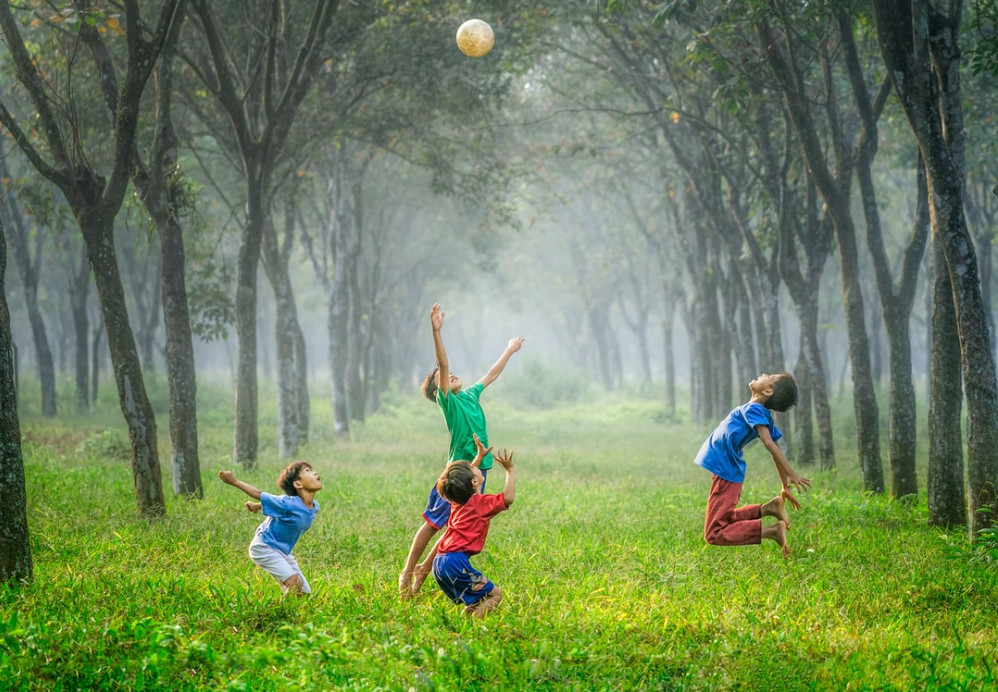
What can you do?
This means encouraging children to increase the time they spend:
- Using the major muscle groups such as the legs, arms, and shoulders perhaps throwing and catching, climbing or building a den
- Skipping, running and jumping – e.g. to and from school
- Riding a bike or scooter or playing on skates
- Playing running or chasing games
- Climbing or building a den
- Playing sport
You can encourage these activities for short periods spread throughout the day. You could maybe make an activity chart or spinner so that your children can have fun even choosing what to do next. Remember too, it’s recommended that physical activity is encouraged from birth, so include your youngest children when thinking about how to increase activities.
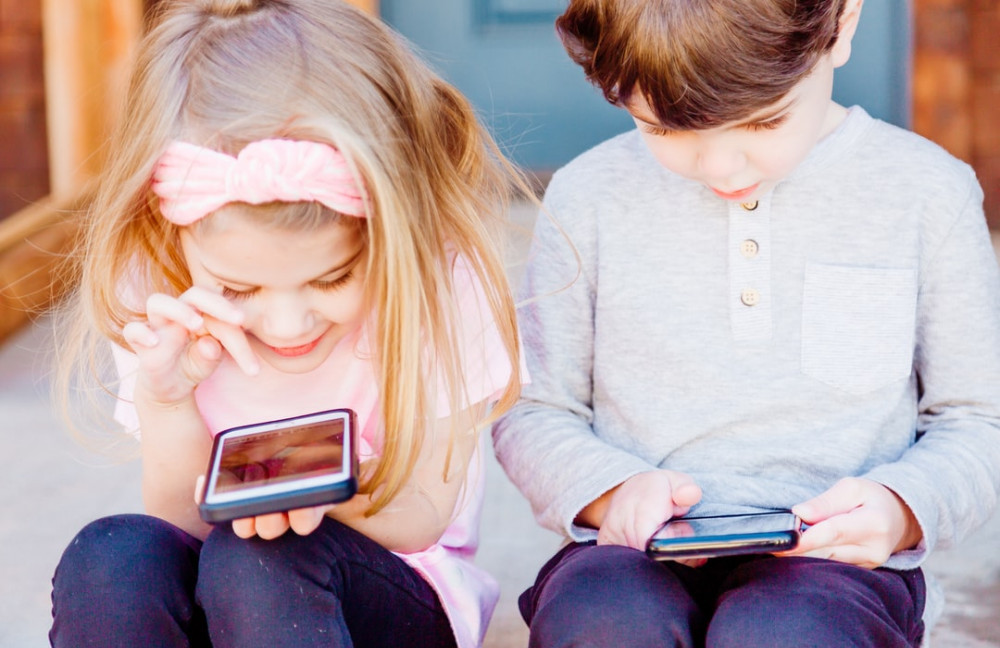
Decrease sedentary activities
As well as increasing physical activities, it is also important to decrease the time children spend in sedentary activities. These are things such as playing on devices or watching TV. Other sedentary activities include:
- Playing board games or doing jigsaws
- Sitting down playing with toys
- Arts and crafts
- Reading or writing
- Playing on devices or games
- Travelling strapped into car seats, buggies or pushchairs
Obviously, we need to ensure that there is a balance in what we are teaching children and it’s important to do other things and allow relaxation time as well. However, there are things you could do to increase physical activity here too.

Try these…
How about some of the suggestions below?
- Instead of taking the car twice a week, you could walk or scoot and increase overall physical activity by a substantial amount
- If you are playing a board game, why not have a physical brain break every round, such as getting children to skip for 30 seconds between rounds?
- You could even roll the dice and use that too, such as ‘you have to do 6 jumps on the spot’, or ‘you have to turn around on the spot twice’.
- When reading a story, you could act it out, following the protagonists as they venture over the mountains (your sofa) and battle the dragon (you!). You can even make some sensory stories by adding some sensory elements, such as water, textured fabrics or smells to help too
- If you are doing arts and crafts, why not go outside and build some giant artwork every so often? Children love wild art and collecting sticks, stones, and leaves will have them increasing their physical activity without realising it
- If you are taking a buggy or pushchair, can you let the children walk part of the way rather than have them in the seat for the whole distance?
- If the children like playing games, make some of the time a game with a physical element to it such as a dance game, or sports simulator
Another important thing to remember is that children who develop a sedentary lifestyle early on have been shown to become teenagers and adults who have inactive lifestyles. It is vital to develop good habits in your children in their early years.
Making healthier food choices
The final element in preventing childhood obesity is helping children to make healthy choices when it comes to food. Many people want to do the best for their children and spend time planning meals and sourcing the best ingredients. But many of us work full time. We may not have the same time or resources to do this. So we end up serving things that are easiest for us or that are very convenient.
However, cooking wholesome and tasty meals does not have to be time-consuming or laborious. You could batch cook things like soups, pasta, lasagne, meat sauces such as bolognese. And there are many other things that you can freeze and reheat at your leisure. It might not be as good as freshly cooked food, but it is a lifeline for the busy parent. You also know what is going into your food at the same time.
Get your children to make food with you to get them interested in cooking and healthy options. And you can explain where their food comes from as well. (Be careful with very young children doing this though. You don’t want to upset them by telling them what their food is. You need to use caution and discretion so they do not think you’ve cooked up their favourite cartoon character!!
Food for thought

When thinking about what your children eat, consider:
- Portion sizes – are you giving adult portions to children, or are you getting them to clear their plate even when they are full? There is obviously a fine line between getting enough food and not eating enough. You will have to use your judgment of your children to make sure they are not under eating
- Choosing healthy snacks – snacking is great for some people but make sure that you have healthy options in the form of fruit, cut-up vegetables such as carrot sticks or cucumbers slices
- The ‘hidden’ sugars, salt and fats – read the labels and keep within daily guidance limits
- The importance of eating meals free of distractions such as TV or games – spend some quality time at meals and sit around a table if you can
- Growing your own organic produce – children will also learn a lot if you let them help you and there are lots of great things that children can grow themselves too, such as cress, carrots, pumpkins and squashes
- Meals out – many ‘kids’ meals contain a lot of fat, sugar and salt. Think carefully about perhaps splitting an adult portion of something healthier between children. It will likely be healthier than opting for ‘chicken nuggets and chips’
- Reduce sodas and fizzy drinks – not only are these often full of sugar, but they can have a detrimental effect on children’s teeth. Tooth decay in children is increasing. Water down fruit juices for the same reason. Better still, encourage your children to drink plain water – it really does taste good!
Don’t nag!
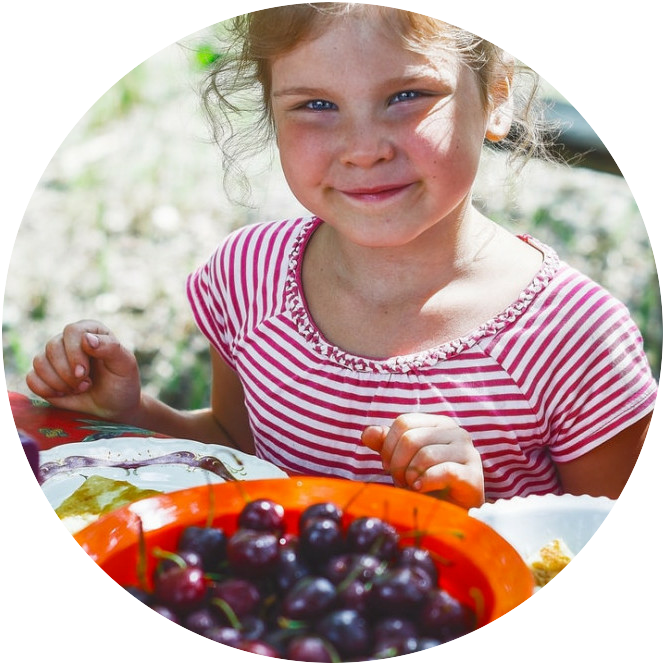
Always be mindful and careful about labelling foods as ‘good’ or bad’ and about ‘nagging’ children about food. Many children will take time to enjoy the taste of certain foods so encourage them to try different things. But don’t make a big deal about it if they don’t like it the first time.
Just keep trying to offer different tastes and textures over time and your child’s palate will develop. Be wary too of labelling the food of other cultures, special diets or social groups as either ‘good’ or ‘bad’. It is better to use terms such as ‘healthier option’ or ‘low-sugar’ rather than attaching negative connotations to certain foods.
It’s also important for your children not to attach negative emotions to different foods, otherwise, they will never be able to eat those things because it caused them stress. Forcing them to finish everything on their plate just because that’s what your parents did with you, is not a good basis for a healthy relationship with food.
The message is really about striking a balance between the food our children eat, the calories they ingest, and the physical activities they do. You will find a lot of information and advice available on the web about making healthier choices. There are tried-and-tested recipes for home and packed lunches too so there’s every reason to assume you will be able to prevent childhood obesity in your own children.
To treat or not to treat?
And finally, remember too that we all love a ‘treat’ from time to time and we should be able to enjoy this in a ‘guilt-free’ way. Just take the time to make it as healthy as you can, and if not, as long as it is a ‘treat’ and not an everyday staple, enjoy it!

RELATED POSTS
Simple ways to have fun with food in summer
Healthy Options for Pancake Day
How to treat candida infections and candidiasis
The importance and benefits of spending quality time with family



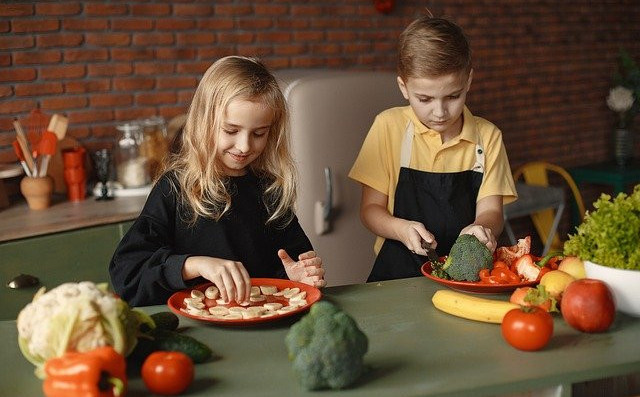



Hi, Gail. You have written an article that we can discuss all day, every day. It is so important that we all become aware of what we do to our children as far as nutrition and exercise is concerned. I am especially appalled by the amount of sugar kids are fed and that, combined with lack of exercise, leads to obesity and worse, conditions like early diabetes. Sadly, in the US, we seem to cut out of the school budgets the physical aspects of growing up. Gym classes and extra-curricular activities revolving around physical activities seem to get the axe first. Combined with our obsession with non-physical activities, like computer games and such, we need to double our efforts to see that our kids get a good start in life. I harken back to the old days when we basically played all day: running, riding bikes, swimming. No one was overweight.
Good work. Please keep it up.
Warren
Thanks for your comments Warren and I totally agree. I am in the UK and we do the same thing. And that’s not even starting me on the mental health benefits of exercise as well. We are far too focused on a very narrow curriculum at the expense of so much else. Wishing you all the best. Gail
For most very young children, the focus should be to maintain current weight, while the child grows normally in height. The most important strategies for preventing obesity are healthy eating behaviors, regular physical activity, and reduced sedentary activity (such as watching television and videotapes, and playing computer games).
Hi Emmanuel. Thanks for your comments and insight. As you say, we need to help children with their development processes and hopefully that what we can do a little by taking on board some of the things in the article.
Hello, thank you for this article.
Definitely the pandemic has been a challenge for all of us in many ways, and it is hard to tell what impact it will have in the development of kids. I notice that small kids (3-4-5 years) that should be starting their social life (kindergarten and school) are now used to staying at home and don’t really care about the outside world. It is very important for them to start socializing with other kids and I think that by doing that we will be helping them not only physically but also mentally.
Hi Johnny. Thanks for your comments and for taking the time to read the article. You are so right in what you say. Many of our younger children have had a lot of their formative experiences cut off by the pandemic and there is real concern in the early years world about the impact that this will have on their development and mental health later. We can do our best to re-socialise them and wait to see what else we can do in the future.
Thanks for such a insightful and helpful article. So many people get so busy and so they forget to take the time to properly take care of there kids and what they are eating. However this can cause there children to eat whatever they want which in a sense causes them to not make very wise choices. And when they don’t make good choices it can lead to many health issues such as obesity. I like how you suggest planning meals in advance is a great way to help kids. That way they know what to eat especially ahead of time. I will be sharing this article that is for sure.
Hi Kiersti. Nice to meet you and thank you for taking the time to read and comment on the article. I agree that many of us are so busy nowadays that we can forget some of the most basic things that our children need and food is one of these. I’m no great cook, but planning healthy meals is important, especially coming out of the pandemic as lockdown has definitely taken it’s toll. In my house we like to cook together and although it sometimes gets a bit messy(!), we know what we are eating and we have some quality time together too.
This article resonated with me since I have been trying to eat healthier during these times myself. You touch on some great points about our children eating healthier early on. You nailed it when you said, “Children who develop a sedentary lifestyle early on have been shown to become teenagers and adults who have inactive lifestyles.” I think getting our kids outside more and off the screens is going to have the largest impact on them growing up.
Hi Logan. Totally agree with you. I love getting outside but it is a struggle often nowadays with the pull of mobiles and tech devices. Not that I have anything against them as I love them too, but it just needs to be in moderation.